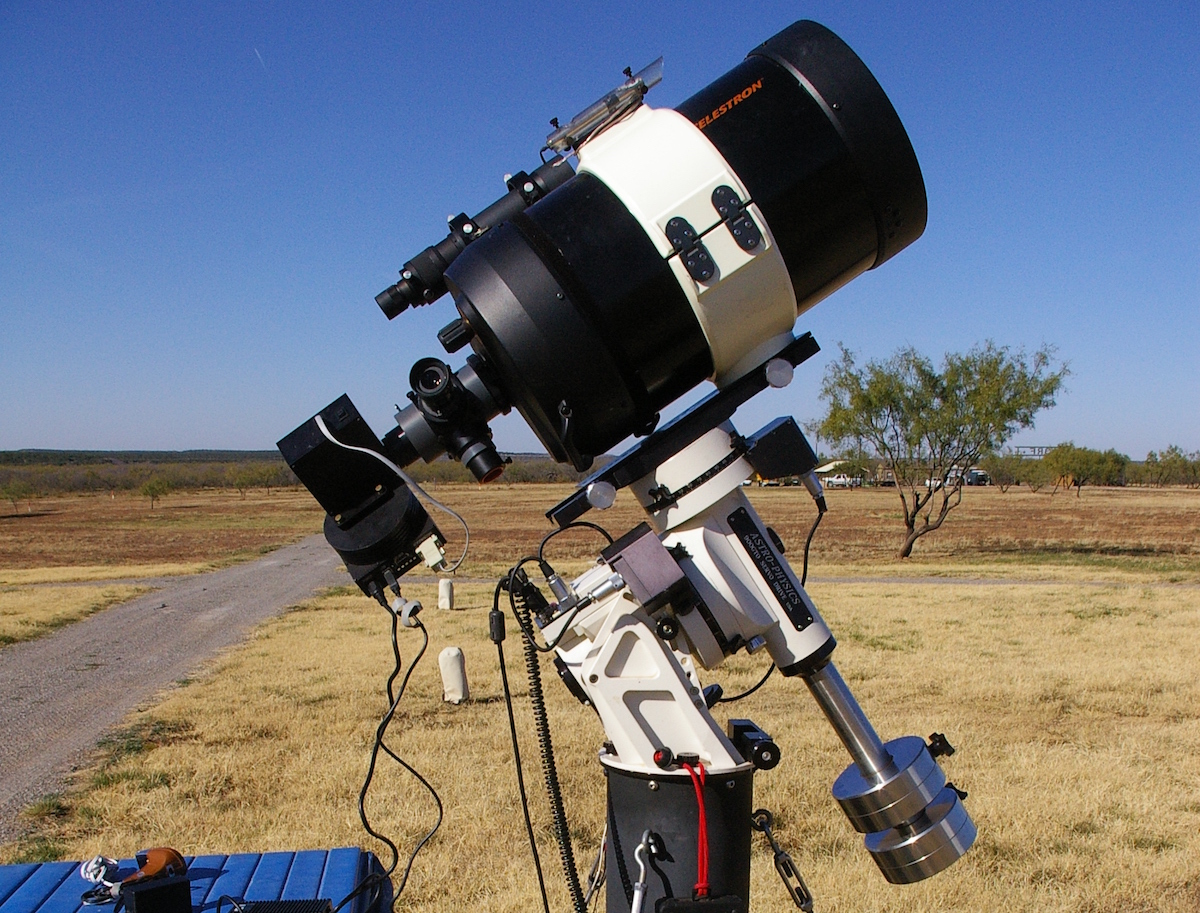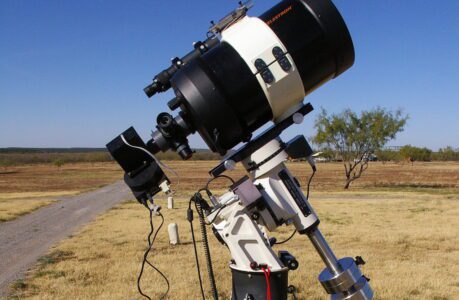Are you fascinated by the night sky and want to capture its stunning beauty through photography? If so, you’ll need a camera that’s designed for astrophotography. These cameras are specially designed to capture images of the stars, galaxies, and other celestial objects in the night sky.
There are a variety of astrophotography cameras available, and each type works in its unique way. In this article, we’ll explore the different types of astrophotography cameras and how they work.
DSLR Cameras
DSLR cameras are the most common type of astrophotography camera. They’re relatively affordable, and their large image sensors make them ideal for capturing the night sky. DSLR cameras also allow for interchangeable lenses, so you can choose the right lens for the object you want to photograph.
To use a DSLR camera for astrophotography, you’ll need to set it to manual mode and adjust the exposure time, aperture, and ISO settings. You’ll also need to use a tripod to keep the camera steady during long exposures.
CCD Cameras
CCD cameras are a specialised type of astrophotography camera that uses a charged-coupled device (CCD) to capture images. These cameras are highly sensitive and can capture even faint objects in the night sky.
CCD cameras are often used in professional astronomy applications, but they’re also available for amateur astrophotography. These cameras require a computer to operate and capture images.
Mirrorless Cameras
Mirrorless cameras are becoming more popular in astrophotography due to their compact size and high image quality. These cameras use a digital sensor instead of a mirror to reflect the image to the viewfinder.
Mirrorless cameras can be used for astrophotography in the same way as DSLR cameras, with manual adjustments to exposure settings and the use of a tripod.
Webcam Cameras
Webcam cameras are a budget-friendly option for astrophotography. These cameras can capture video of the night sky, which can be processed into images using specialised software.
Webcam cameras are limited in their capabilities compared to other types of astrophotography cameras, but they can still capture stunning images of the moon and planets.
No matter which type of astrophotography camera you choose, it’s important to use a sturdy tripod and adjust the exposure settings for the object you’re photographing. With a bit of practice, you can capture breathtaking images of the night sky.
How can I pick the right astrophotography camera?
Picking the right astrophotography camera can be a daunting task, but there are a few things to consider when making your choice. Here are some tips to help you pick the right astrophotography camera for your needs:
- Consider your budget: Astrophotography cameras come in a wide range of prices, so it’s important to consider how much you’re willing to spend. DSLR and mirrorless cameras are generally more affordable than specialised CCD cameras, but they may not have the same level of sensitivity or other advanced features.
- Determine your photography goals: What do you want to photograph? If you’re interested in capturing detailed images of distant galaxies, you may need a specialised CCD camera. If you’re more interested in capturing images of the moon and planets, a DSLR or mirrorless camera may be more suitable.
- Look for a camera with a large sensor: A camera with a large sensor will be able to capture more light, resulting in brighter and clearer images. This is especially important when photographing dim or distant objects.
- Consider camera features: Some cameras have built-in noise reduction, image stabilisation, or other features that can improve image quality. Consider which features are most important to you and look for a camera that includes them.
- Read reviews and ask for recommendations: Do your research and read reviews from other astrophotographers. Ask for recommendations from other photographers who have experience in astrophotography.
Remember, the right astrophotography camera for you will depend on your budget, goals, and personal preferences. Take the time to consider your options and choose a camera that will help you capture stunning images of the night sky.
How do Astrophotography CCD’s work?
Astrophotography CCDs (Charge-Coupled Devices) work by converting light into electrical signals that can be processed into digital images. The CCD is a specialised type of image sensor that is used in many professional astronomical applications.
CCDs are made up of an array of tiny pixels, with each pixel acting as a light detector. When light strikes a pixel, it generates a small electrical charge. The amount of charge generated is proportional to the intensity of the light. The CCD then reads the electrical charge from each pixel and converts it into a digital signal.
To use a CCD for astrophotography, the camera is pointed at the object being photographed and the exposure time is set. During the exposure, light from the object strikes the CCD and generates electrical charges in each pixel. After the exposure, the CCD is read out and the charges from each pixel are converted into a digital image.
One advantage of using a CCD for astrophotography is that they are highly sensitive to light. This means they can capture even faint objects in the night sky. CCDs also have a low noise level, which makes them ideal for long exposures.
However, CCD cameras are more expensive than other types of astrophotography cameras and require specialised software and equipment to operate. They also have a smaller field of view, which can make it challenging to capture large objects like galaxies or nebulae.
In summary, astrophotography CCDs work by converting light into electrical signals that are then processed into digital images. They are highly sensitive and can capture detailed images of even the faintest objects in the night sky. However, they require specialised equipment and software to operate and can be more expensive than other types of astrophotography cameras.
Are astrophotography cameras affected by temperature
Yes, temperature can have a significant impact on astrophotography cameras. Here’s how:
- Sensor Noise: When the camera sensor gets warmer, it generates more noise, which can lead to a grainy or speckled appearance in the final image. This can be especially noticeable in dark areas of the image, like the night sky.
- Battery Life: Cold temperatures can cause the camera’s battery to drain more quickly, which can be frustrating when you’re out in the field trying to capture images.
- Dew Formation: When the camera and lenses get cold, moisture can form on the surface, leading to dew formation. This can be particularly problematic for long exposures as the dew can cause the image to become blurry or out of focus.
- Mechanical Performance: The performance of the camera’s mechanical components can also be affected by temperature. For example, a lens may not focus as smoothly in cold weather, or the shutter may not function properly.
To minimise the impact of temperature on astrophotography cameras, it’s important to take certain precautions. For example, you can use a battery grip to keep the batteries warm, use a dew heater to prevent dew formation on the lenses, and wait for the camera to acclimate to the outdoor temperature before taking photos. Additionally, you can use a cooler or other devices to control the temperature of the camera during long exposures.
In summary, temperature can have a significant impact on astrophotography cameras, leading to sensor noise, battery drainage, dew formation, and mechanical issues. Taking certain precautions can help minimise these effects and allow you to capture stunning images of the night sky.

